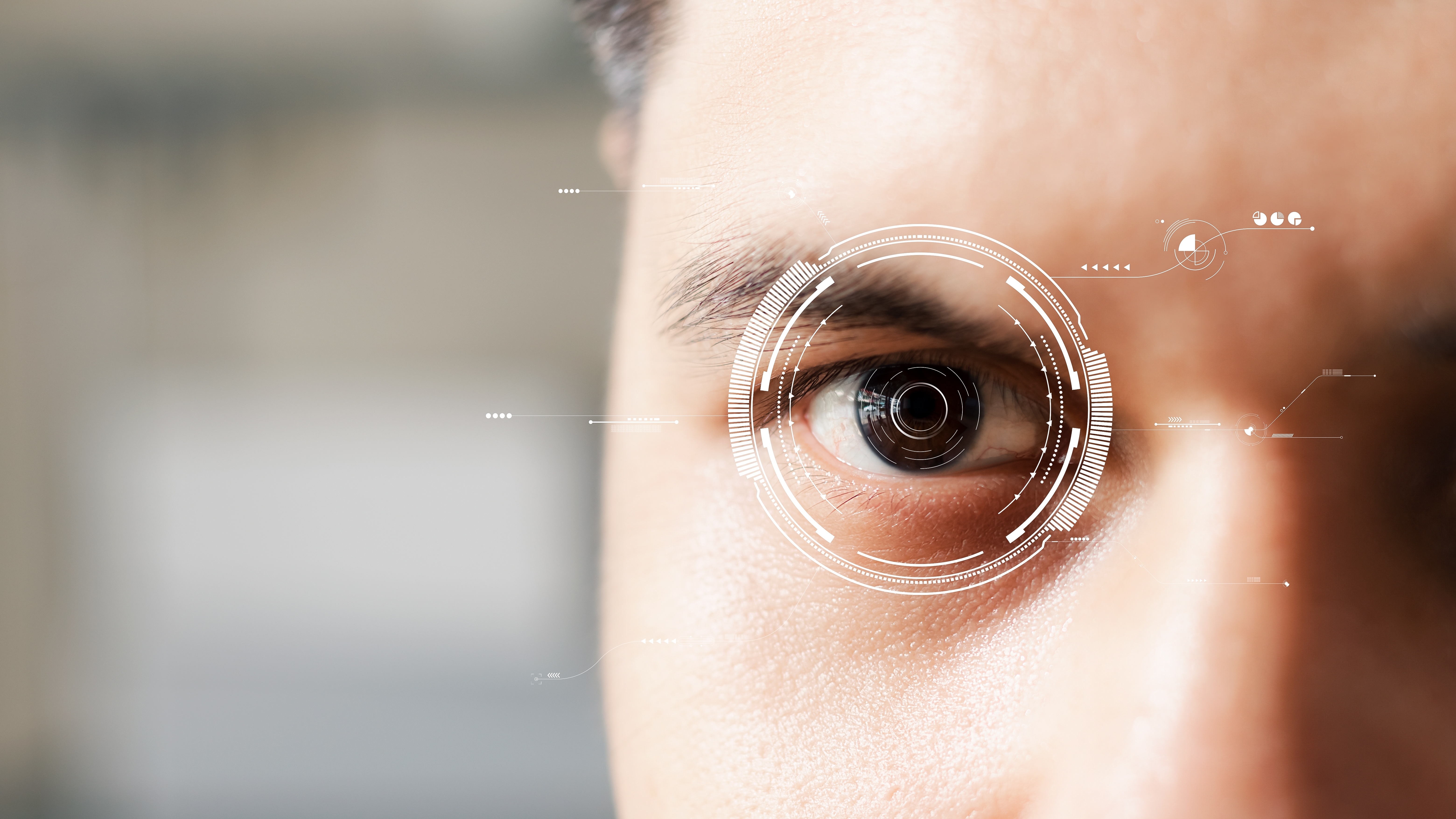With the recent launch of Calibration-Free Eye Tracking, we’ve introduced a significant innovation to the research industry. By eliminating the need for complex calibration, we’ve made eye tracking easier to use, more accessible, and scalable to a wider audience. The initial reactions from the market have been overwhelmingly positive, with researchers already finding new ways to integrate this tool into their studies. But as we look to the future, the question becomes: what’s next for this technology, and how will it continue to evolve?
In this final installment of our blog series, we’ll explore the broader implications of calibration-free eye tracking for market researchers and offer a glimpse into how we envision its evolution in the coming years. Based on insights from Matthew Strafuss, a senior technical lead at Affectiva, we’ll highlight the potential future applications of this technology and tease the next steps on our roadmap.
Version 1: A Foundation for Future Innovation
As Matthew explained in his recent interview, the current release of calibration-free eye tracking represents the first version of what will become an even more powerful tool for researchers. While version 1 provides unprecedented ease of use and accuracy, the next iterations will focus on improving how the results are utilized.
"Right now, we’re presenting eye tracking and emotional metrics as two separate communication channels,” Strafuss said. “But what happens when we start dynamically combining these metrics? What if we produce heat maps not just based on where people are looking, but also on how they’re emotionally reacting to what they see?"
This capability to merge eye tracking results with emotional responses opens up exciting possibilities for market research. Imagine being able to see not only where your audience is looking, but also how they’re feeling at that exact moment—whether they’re smiling, feeling confused, or even disgusted. This integration of Emotion AI with eye tracking could provide deeper insights into consumer behavior, helping researchers pinpoint the exact elements in an ad or experience that evoke emotional responses.
The Power of Context: Emotion-Based Heat Mapping
One of the most compelling possibilities for the future of calibration-free eye tracking lies in what Strafuss referred to as "emotion-based heat mapping." By tying eye tracking results to specific emotional reactions or even survey responses, researchers can gain a more nuanced understanding of how audiences engage with complex scenes or content.
For instance, in an ad featuring a playful puppy and a toddler smashing cake, traditional eye tracking might simply show where people are looking. But when combined with emotional metrics, researchers could see that viewers looking at the puppy are smiling, while those watching the toddler’s antics are feeling disgusted. This granular level of insight can help brands fine-tune their messaging and creative choices, identifying what works and what doesn’t at a much deeper level than ever before.
Strafuss also highlighted the potential for using object recognition alongside eye tracking and emotion AI to further enhance research results. “What happens if you can dynamically split eye tracking results by emotional metrics, or even by product categories like ‘brand users versus non-brand users’? This would allow us to get into much more detailed conversations about what went right or wrong with an ad."
Predictive AI vs. Real Consumer Responses: Why It Matters
As we enter an era where generative AI plays an increasingly large role in research and content creation, it’s important to understand the limitations of AI-driven predictions. One of the most critical advantages of calibration-free eye tracking is that it provides real-time data from actual consumers, rather than relying on predictive models.
In his interview, Strafuss pointed out that when companies use AI to predict consumer responses, they’re essentially making a prediction based on another prediction—introducing more potential error into the process. Calibration-free eye tracking, on the other hand, offers real-world insights from real people, ensuring that brands aren’t making decisions based on predictions that could be inaccurate.
This distinction becomes even more important in high-stakes situations. “What if the AI model is wrong during a critical scene in an ad?” Strafuss asked. “What happens when something happens that we can’t predict? With calibration-free eye tracking, we’re able to capture those moments of unexpected behavior, providing a more accurate representation of how real people react.”
What’s Next for Calibration-Free Eye Tracking?
Looking ahead, we’re excited about where this technology can go. While the current system allows for post-processing applications and long-form content testing, future versions will bring even more real-time capabilities. Strafuss hinted at the possibility of applying this technology to even more interactive use cases, such as live product testing, real-time ad optimization, and even augmented and virtual reality environments.
We’re also exploring ways to integrate object recognition more seamlessly into the platform, enabling researchers to automatically categorize and analyze specific elements in their studies. This could be particularly useful for brands looking to understand how different products or features are perceived within a larger context.
Finally, our long-term vision involves combining calibration-free eye tracking with other biometric and emotional data sources to create a fully immersive research experience. Imagine a future where researchers can not only see where consumers are looking and how they’re feeling, but also how their heart rate, skin conductivity, and other physiological markers respond to different stimuli.
Key Takeaways for Market Researchers
As we close out this blog series, there are a few key takeaways for market researchers to keep in mind:
- Ease of use: Calibration-free eye tracking removes traditional barriers to entry, making it easier than ever for researchers to collect and analyze eye tracking data across diverse audiences.
- Increased accuracy: By capturing real-time data from actual participants, this technology reduces the risk of error associated with AI-driven predictions.
- Deeper insights: The ability to combine eye tracking with emotional metrics and object recognition provides a more detailed understanding of consumer behavior, helping brands optimize their messaging and creative content.
- Future potential: As we continue to develop and refine this technology, expect even more real-time capabilities, object recognition, and integration with other biometric data sources.
We’re just at the beginning of what this technology can do, and we’re excited to see how our partners and customers will use it to push the boundaries of market research.







